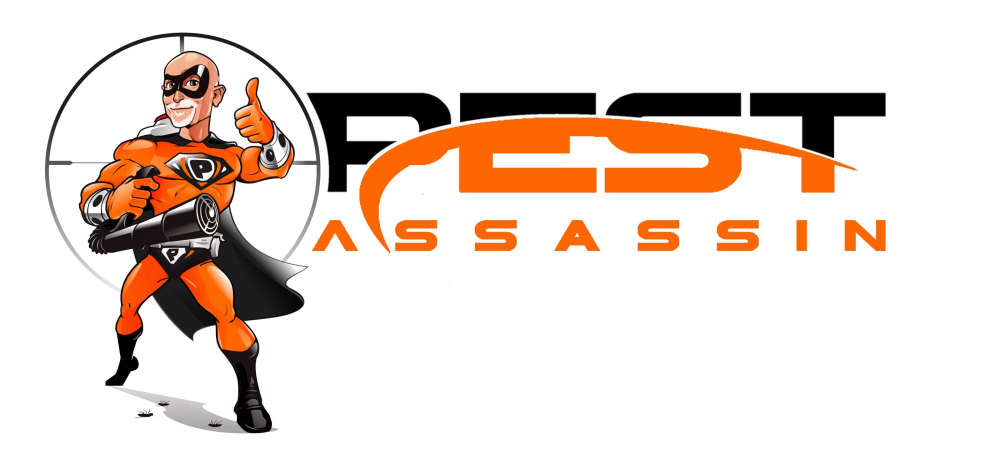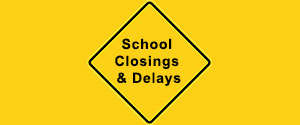
During the winter months it may be surprising that voles are active and not slowed down by cold temperatures or snow.
Indiana is the home of a meadow vole or eastern vole whose damage is sometimes mistaken for moles, shrews or field mice.
Voles are 4-7 inches long including the tail and only weigh one-half to 2.5 ounces. The vole is light brown to grayish brown in color and can live almost anywhere where food supplies are available.
Voles have small furry noses, small eyes, small feet similar to mice with very sharp claws used for fighting, digging and damaging root systems and garden bulbs. They are herbivores feeding on seeds around birdfeeders; and they are chewers as rodents are and can severely damage lawns and golf courses.
In fact, under a layer of snow voles may live in their own private little world eating root systems, chewing stems of grass and, in the meantime, can reproduce all year long even under a layer of snow as long as there is insulation and protection from the cold.
Vole activity may be evidenced by small tunnels in turf used as surface highways along with underground tunnels providing protection from predators on the surface of the soil.
Litter sizes may be 3-5 young with an average of four.
Through research it was found that 100 voles in a hayfield may reduce hay production one-half ton per acre. They not only just damage yards but can truly impact agricultural production of many ag products including fruit trees.
Voles serve as a very important food supply for predators such as hawks, coyote, feral cats, owls and even eagles. In fact, voles may provide up to 85% of the owl and hawk diet.
It is important to note that voles are considered a nuisance pest and are not protected in the state of Indiana. Besides natural predators a vole population can be controlled by trapping or poison baits.
We believe that trapping is the most sensible solution. If poison baits are used there may be a real danger of secondary poisoning to domestic pets and non-target animals who may feed on contaminated voles.






